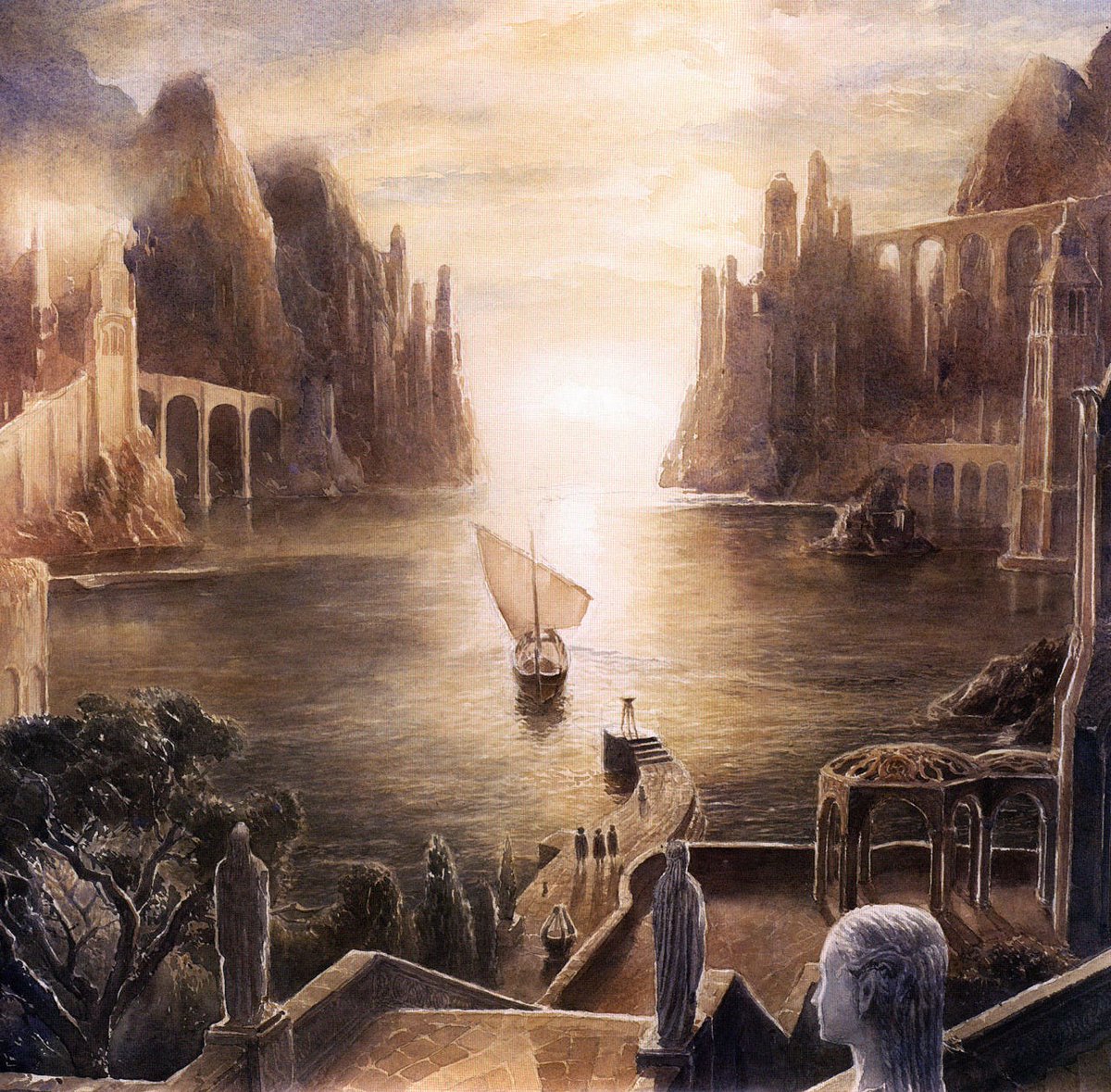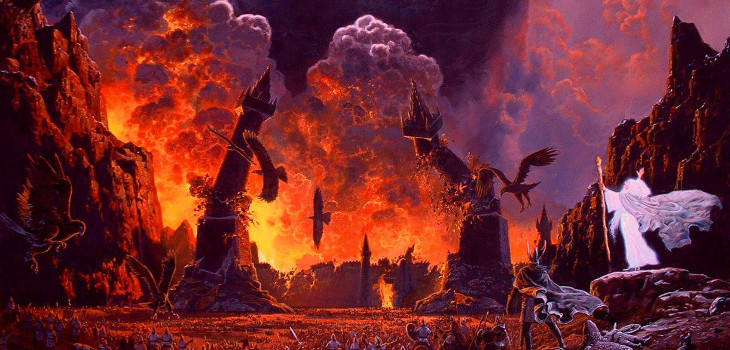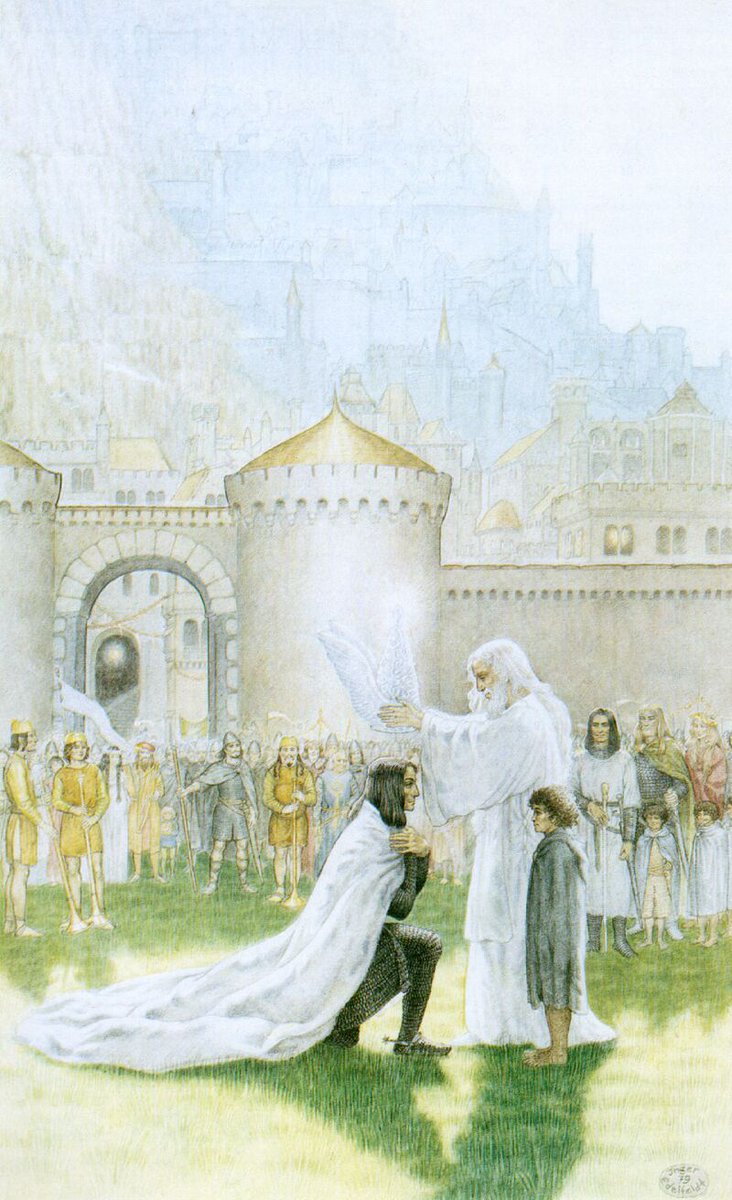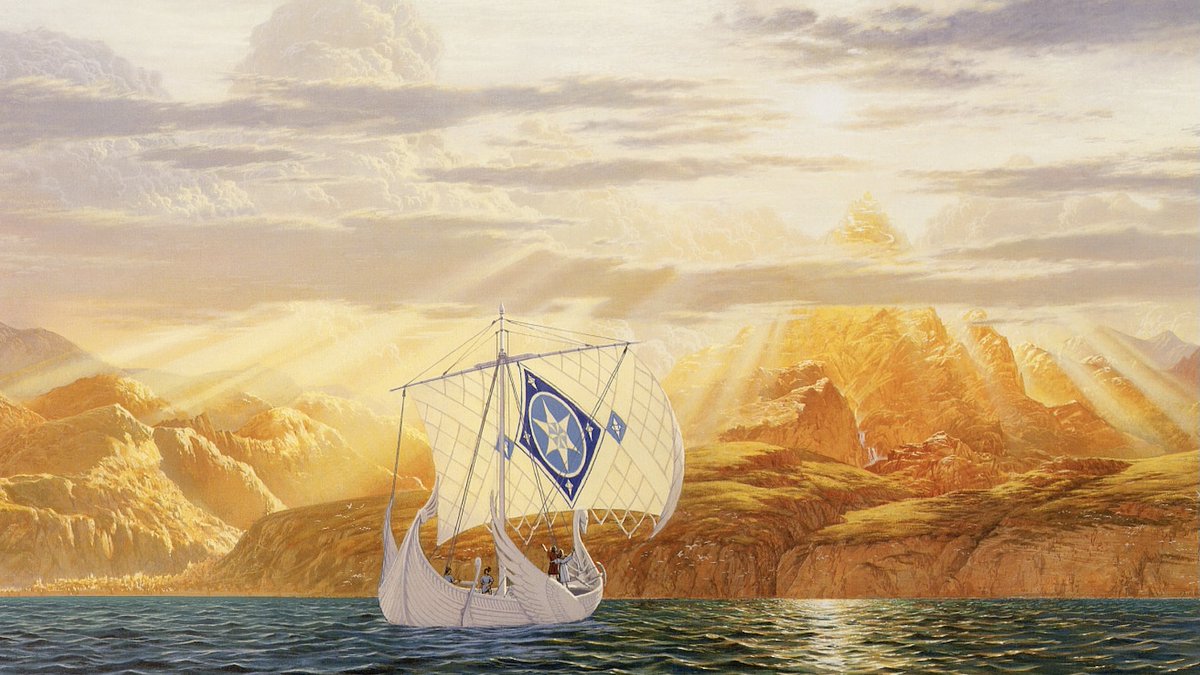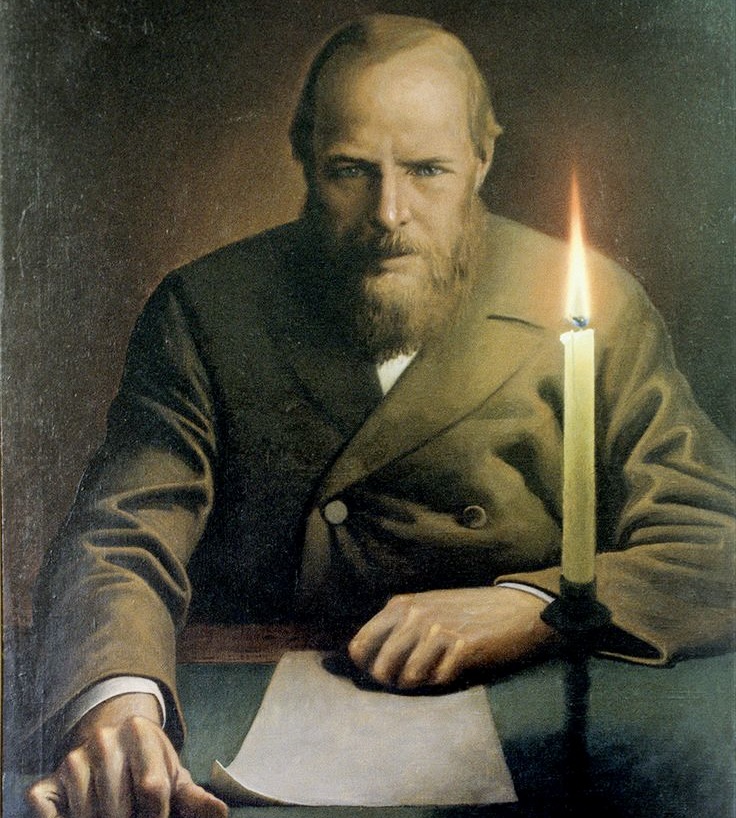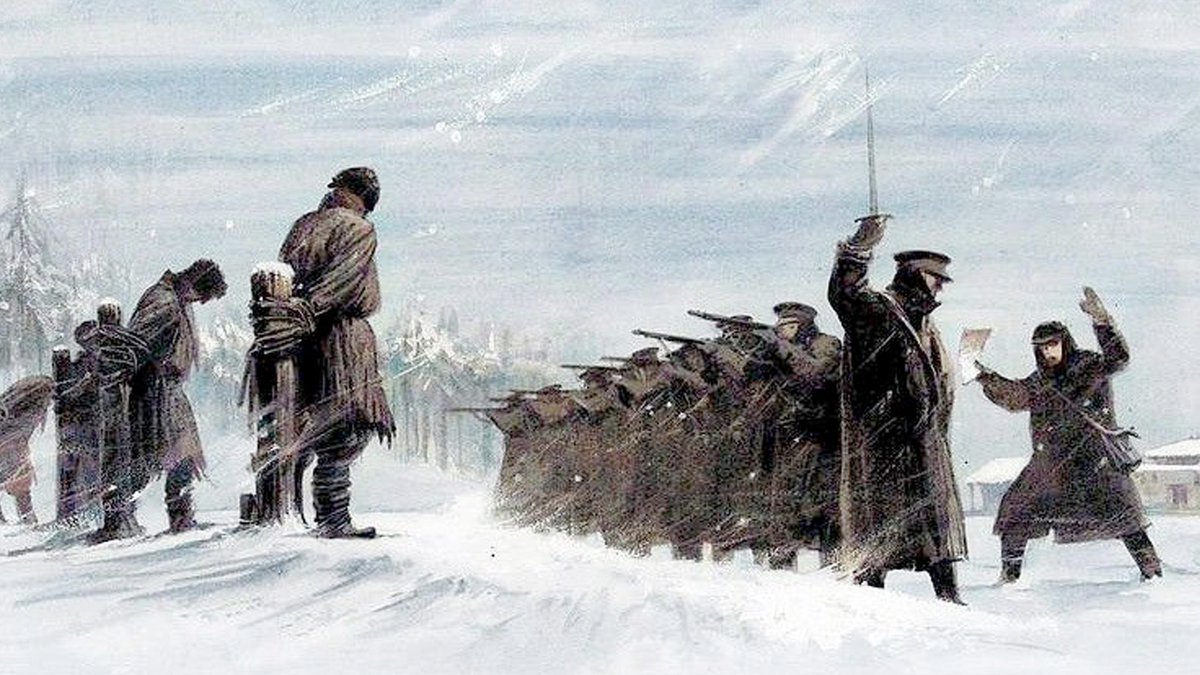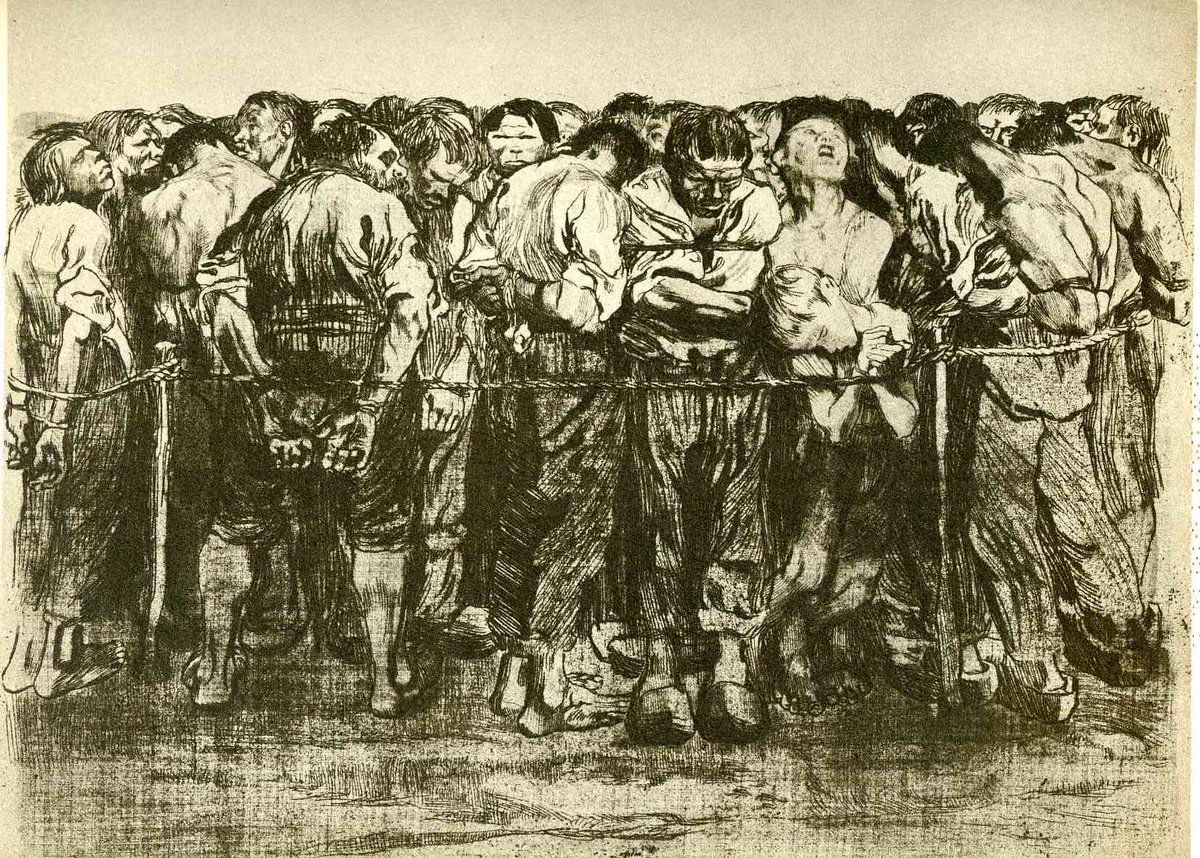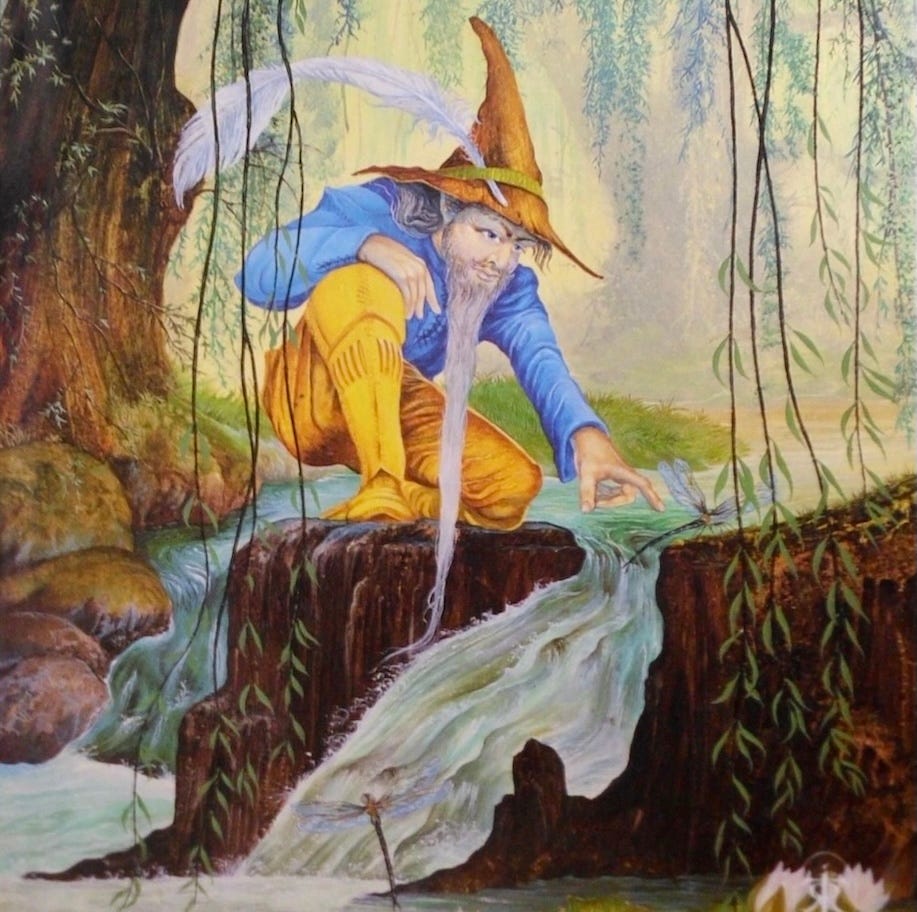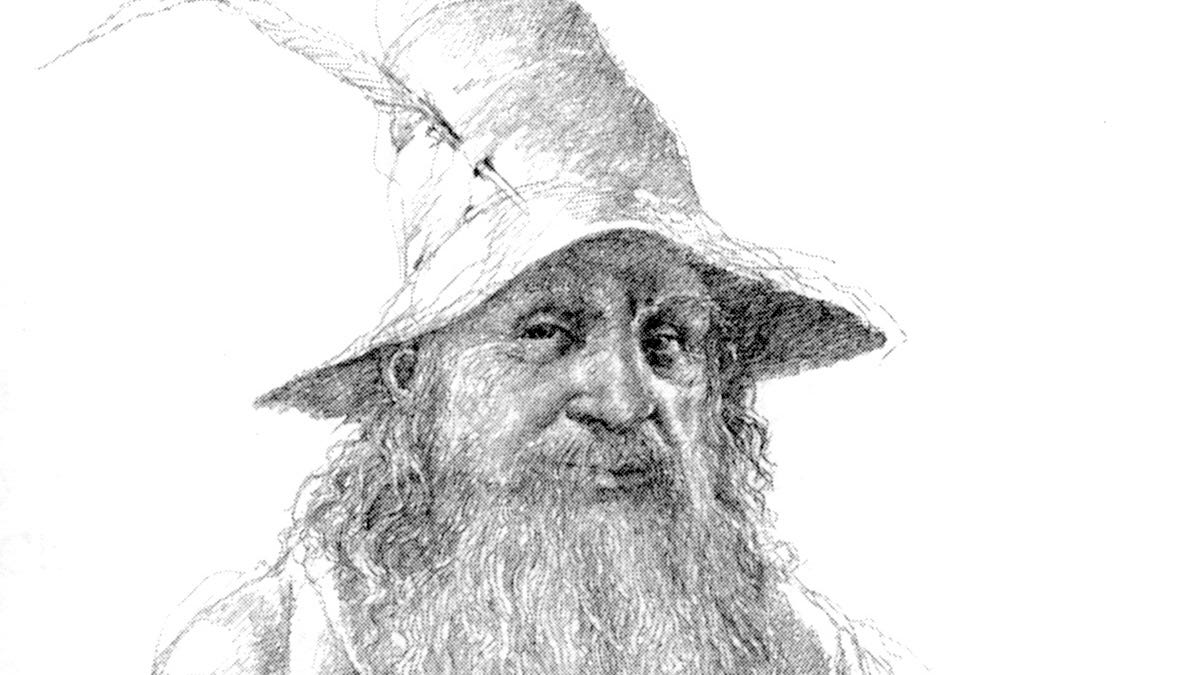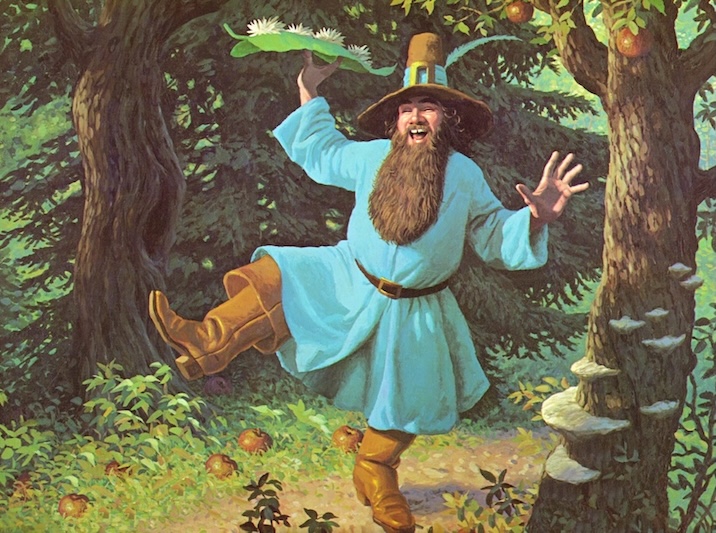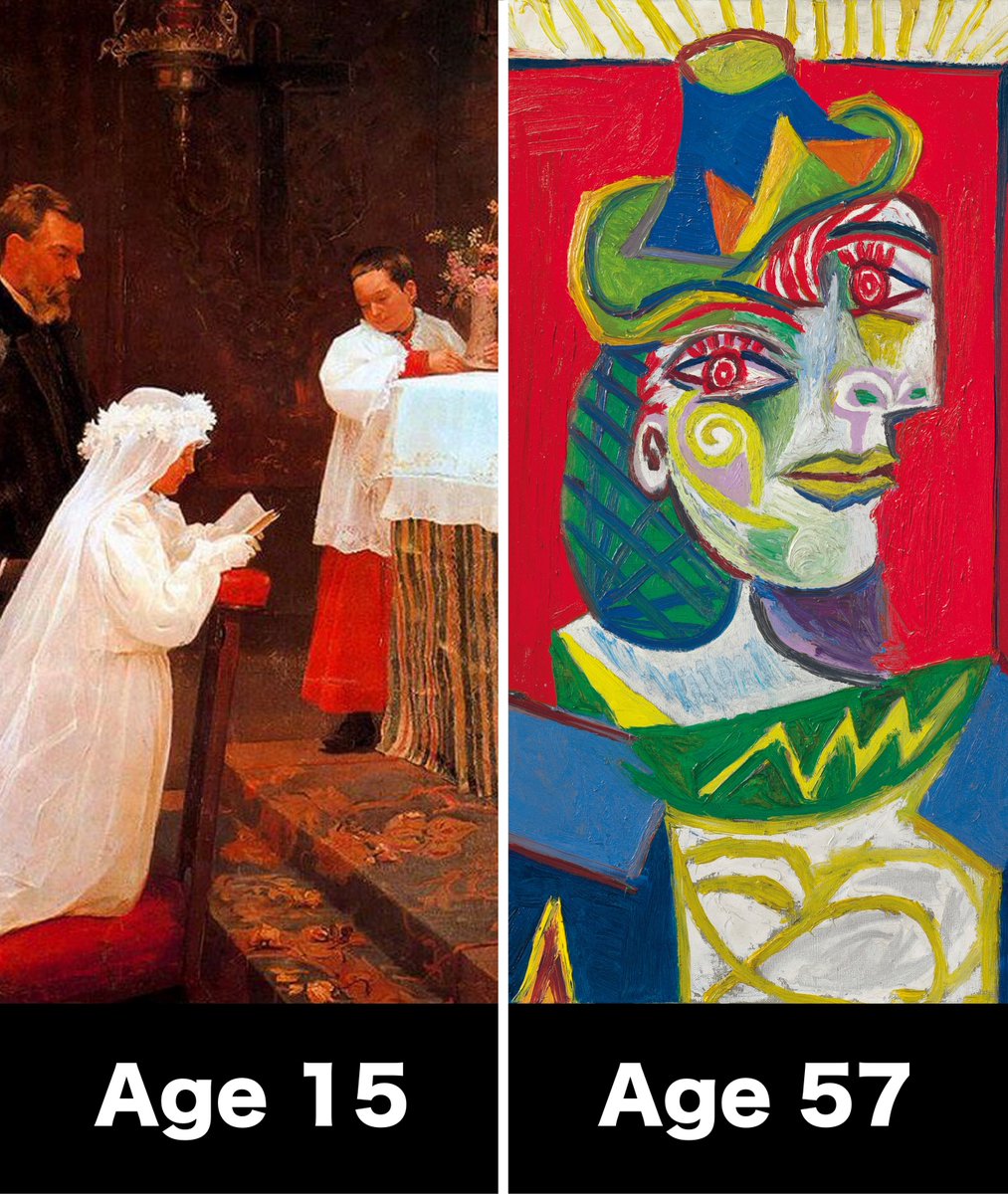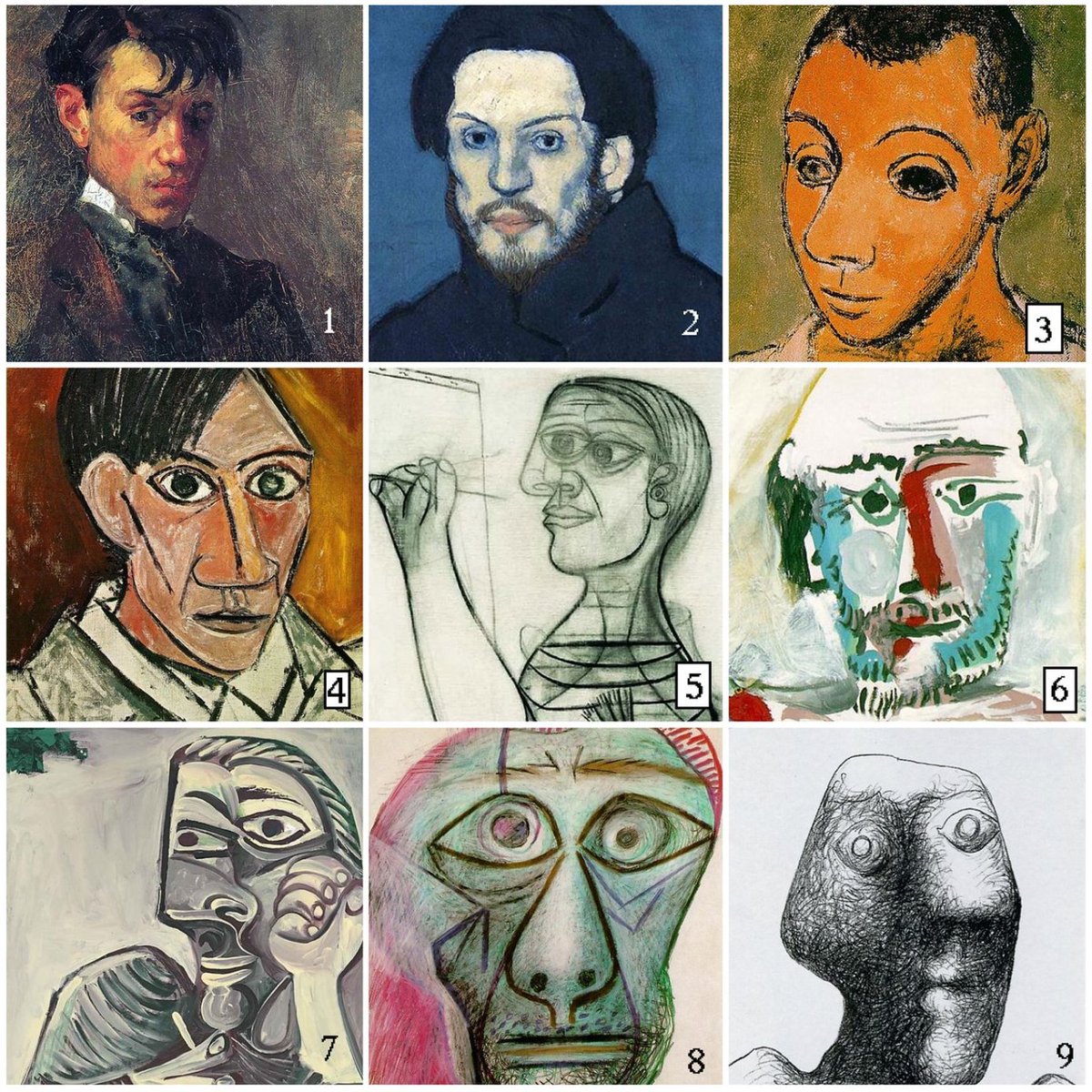What are some battles that changed the course of history?
Western culture faced obliteration several times — and survived by a near miracle.
The 5 most critical battles, starting in 490 BC... 🧵
Western culture faced obliteration several times — and survived by a near miracle.
The 5 most critical battles, starting in 490 BC... 🧵

If the Greeks had lost to the Persians in 490 BC, there's no telling what the world would look like now.
Vastly outnumbered by invading forces of Darius I, the Athenians struck first at the enemy camps...

Vastly outnumbered by invading forces of Darius I, the Athenians struck first at the enemy camps...


Inferior tactics and knowledge of terrain cost the Persians 6,400 men to the Greeks' 192, and they fled.
Pheidippides ran 25 miles back to Athens to announce victory.
Pheidippides ran 25 miles back to Athens to announce victory.

That victory, liberty against despotism, preserved Greek independence and the nascent idea of democracy.
Undeterred by Persia's might, Athens emerged emboldened, entering a golden age of philosophy, art, and governance.
Undeterred by Persia's might, Athens emerged emboldened, entering a golden age of philosophy, art, and governance.

Without Marathon, the world might never have known Socrates, or even citizen participation in government.
John Stuart Mill went as far to say, "If the issue of that day had been different, the Britons and the Saxons might still have been wandering in the woods"...
John Stuart Mill went as far to say, "If the issue of that day had been different, the Britons and the Saxons might still have been wandering in the woods"...

Rome, inheritor of Greek culture and thought, came to the brink of collapse in 216 BC.
Hannibal of Carthage faced a Roman army twice as large as his own at Cannae — and obliterated it.
Hannibal of Carthage faced a Roman army twice as large as his own at Cannae — and obliterated it.

Hannibal's deception and encirclement tactics killed 50,000 Romans in one day, and changed military strategy forever.
It was bitter for the Romans, but they learned quickly...
It was bitter for the Romans, but they learned quickly...

Cannae inspired a generation of Roman commanders to avoid large-scale engagements and focus on war of attrition.
Hannibal, unable to capitalize by seizing Rome, turned Rome into a military monster that would demolish him — and seize the world.
Hannibal, unable to capitalize by seizing Rome, turned Rome into a military monster that would demolish him — and seize the world.

When the Battle of Hastings concluded in 1066, it was a lot more than a military victory.
Norman elites went on to displace the Anglo-Saxon aristocracy...
Norman elites went on to displace the Anglo-Saxon aristocracy...

Norman French blended with Old English to set the foundations for the modern English language.
England was brought closer with Europe, influencing governance, architecture, and social structures for centuries — and reshaping both sides forever.

England was brought closer with Europe, influencing governance, architecture, and social structures for centuries — and reshaping both sides forever.


In 1571, Western Christendom faced an existential threat: 300 approaching Ottoman ships, intent on seizing Rome and tearing down its crosses.
Splintered leaders of Christian Europe set aside their quarrels to form a united front: the Holy League.
Splintered leaders of Christian Europe set aside their quarrels to form a united front: the Holy League.

As the Battle of Lepanto approached, the Holy League knew it was up against insurmountable odds: a battle-hardened and much larger enemy force.
Christians all across Europe did what they could on the eve of battle — they prayed to the Rosary.
Christians all across Europe did what they could on the eve of battle — they prayed to the Rosary.

The Holy League met the Ottomans in a gigantic naval battle: 130,000 men in brutal hand-to-hand combat between ships.
Somehow, they crushed the Ottomans in a series of stunning manoeuvres, and seized so many ships that they freed 15,000 enslaved Christians.
Somehow, they crushed the Ottomans in a series of stunning manoeuvres, and seized so many ships that they freed 15,000 enslaved Christians.

That victory was so remarkable that it's celebrated by the Church as a true miracle to this day — a direct intervention by the Virgin Mary.
Christianity put all its trust in the Virgin, and won its most important victory over the Islamic world...
Christianity put all its trust in the Virgin, and won its most important victory over the Islamic world...

The other defining naval battle was the Battle of Trafalgar, 1805.
It didn't just thwart Napoleon's plans to invade Britain. It cemented British supremacy at sea and ushered in the Pax Britannica.
It didn't just thwart Napoleon's plans to invade Britain. It cemented British supremacy at sea and ushered in the Pax Britannica.

For the next century, Britain's dominance on the oceans changed everything, and maintained relative peace across much of the globe.
Horatio Nelson, who gave his life at sea, became a symbol of patriotic duty — and arguably Britain's greatest ever hero.
Horatio Nelson, who gave his life at sea, became a symbol of patriotic duty — and arguably Britain's greatest ever hero.

If you enjoy these threads, you NEED our free newsletter.
Do not miss Saturday's email.
100,000+ people read it: history, art, and culture 👇
culture-critic.com/welcome
Do not miss Saturday's email.
100,000+ people read it: history, art, and culture 👇
culture-critic.com/welcome
• • •
Missing some Tweet in this thread? You can try to
force a refresh


